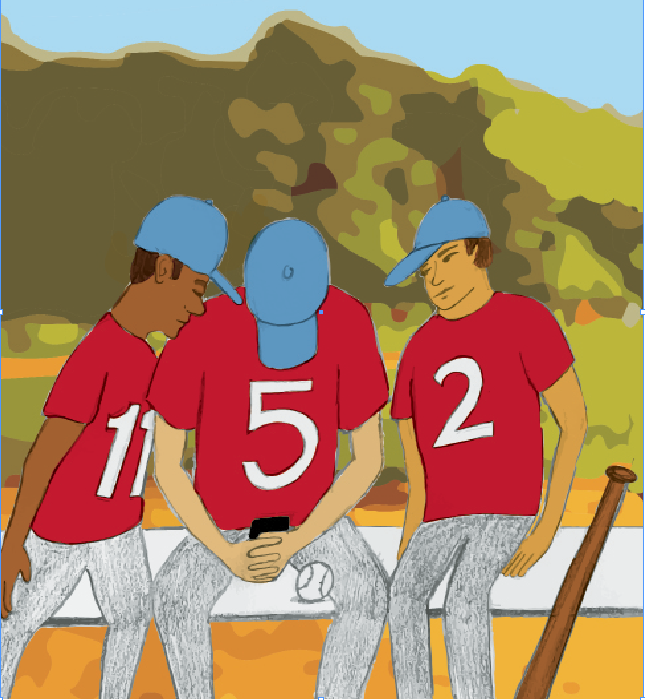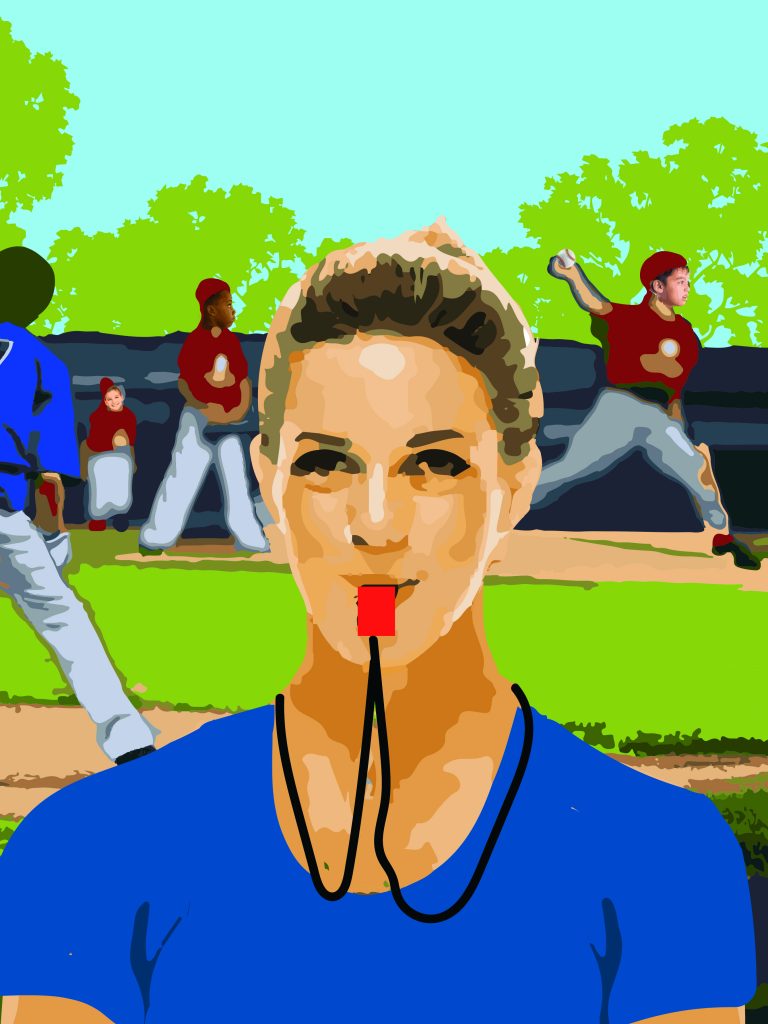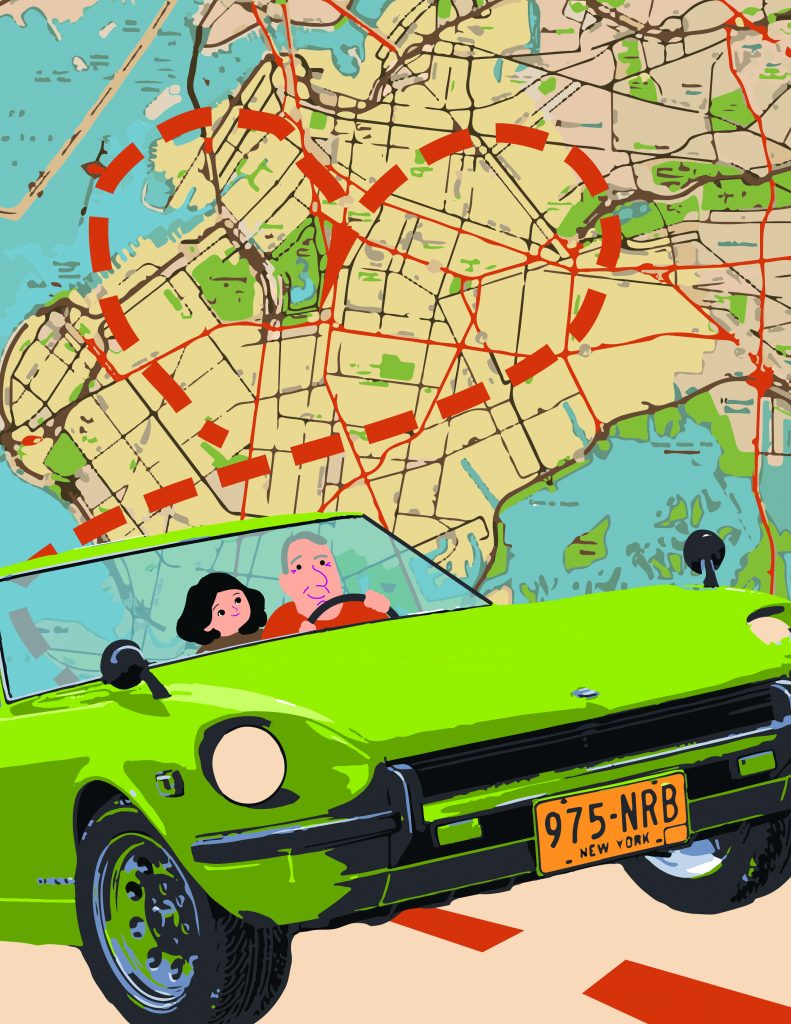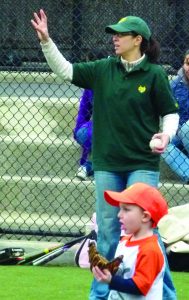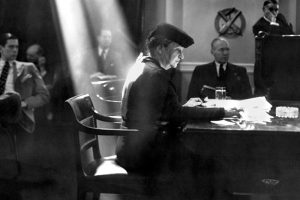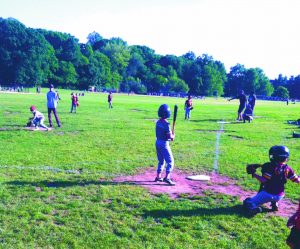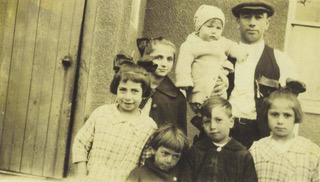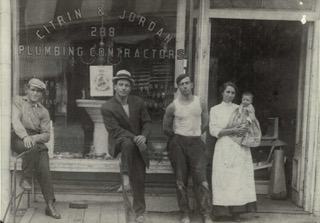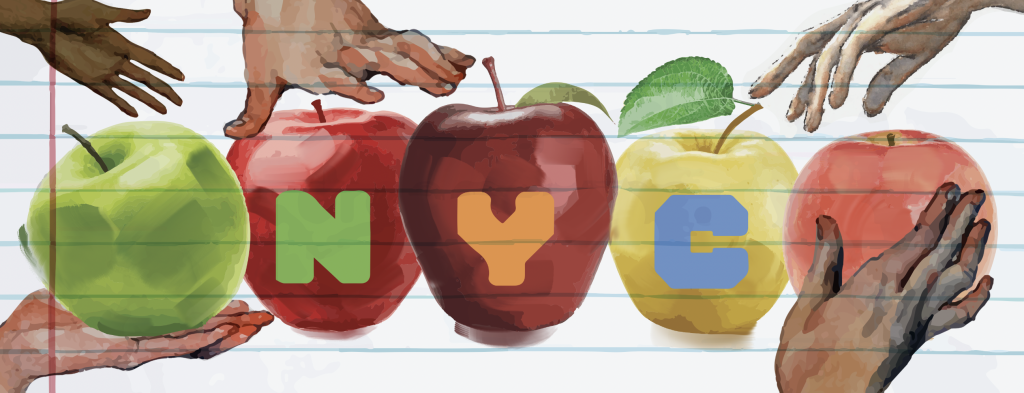
If you haven’t seen the news, the New York City council approved a budget that drastically slashed public schools funds for the 2022-2023 school year. Mayor Adams claims the cuts were necessary due to declining enrollment in the system. But, those of us with vested interest in these schools know the budget has never been adequate. Teachers and parents are suing to force a restoration of funds. The Council and our Comptroller are trying to find other ways to get the money back to our schools. In the meantime, parents continue to make choices to ensure their children have access to the best public education possible. Everybody wants the best education for their child. But, the best isn’t always a choice to be made. Sometimes it’s luck. Sometimes it’s more than luck. And sometimes, the best options just aren’t even made available to you.
My son hit the lottery when he was three. Well, in a way. My wonderful and absolutely perfect three year old son, Jack, was one of 18 children selected, at random, to become a student in a full day, pre-kindergarten classroom at Brooklyn New School (“BNS”, aka PS 146) for the Fall of 2011. I was excited for so many reasons: 1) We could save a year’s worth of preschool tuition (cha-ching); 2) Jack would be attending the same school as two, soon to be three, of his cousins (multiplying drop-off and pick up options for a busy working mom); and, 3) I absolutely adored the open classroom, project based learning, diversity-focused, curriculum BNS touted. Twelve years ago this fall, Jack entered the New York City public school system that I, too, am a product of. However, my educational selections were designed around privilege, rather than luck.
Having graduated from the “penthouse” program at PS 107, then MS (formerly “JHS”) 51, and Midwood High School (at Brooklyn College) I’m not just a product of the NYC public schools; I am the product of the elite inner sanctum of NYC Board of Education offerings. I was an academically inclined student with no behavioral issues. I didn’t read books, I absorbed them. I haven’t taken a standardized test I couldn’t perform very well on. As a result, I was funneled into programs that provided me unique access to “enrichment” programs in math, science, art and music that could easily match, if not surpass, the suburban offerings of Long Island and Westchester. But, let’s be honest: these programs were largely reserved for upper middle class White kids, like myself.
The special offerings I was afforded in my experience as a NYC public school student were not available to every student who had academic abilities similar to mine. These special offerings were systematically designed to keep kids like me, from upper middle White class families like mine, in the public school system, especially after the “White Flight” out of New York City of similar families throughout the 1950s, 1960s and 1970s. The City needs a significant base of willing taxpayers in order to fund the largest public education system in the country. In response to dwindling enrollment into public schools, especially from certain neighborhoods, the “Board of Ed” designed programs, like the ones I attended, and other “magnet” and “gifted and talented” programs to satisfy savvy educational consumers, who demanded choices.
The amazing educational opportunities I was provided weren’t about luck. The system was rigged in my favor. And, nearly 40 years later, the system is still rigged for kids, like mine, though many of us try so hard to believe it’s not. We somehow think our kids “earn” the better opportunities they are afforded. If we extend that logic to the rest of the families in NYC who aren’t receiving these opportunities, are we saying those kids don’t “deserve” higher quality opportunities… because they didn’t “earn” it?
To explore the concept of kids “earning” great educational opportunities, take a gander at any social media platform parents’ discussion of NYC middle school or high school admissions, especially the day AFTER assignments are made in the spring. You’ll see streams of parents proudly announcing their child’s placement. For instance, they will be celebrating how their child’s “achievement” on a standardized test secured them a spot in a Specialized High School. A few years ago, some of those same parents likely opted their kids out of similar state exams, challenging their validity. But, once the test validates their child’s intelligence, it’s a different story. Other parents will tout how their child, identified for their extraordinary talent in music and/or art, will now walk the same high school halls as Oscar and Grammy winners. They, likely, won’t tout how much they spent on music lessons, arts camps, and portfolio/audition prep, though.
In those same feeds, on the same days, you’ll also see parents bemoaning disappointing admissions outcomes. Since there aren’t enough seats in the elite inner sanctum for everyone who wants one, some 10- 14 year olds who “worked so hard” won’t actually get the limited opportunity their parents are convinced they “deserve”. As a result, these parents often take last minute spots in the whitest charter programs they can find, or dip into college savings to fund private or religious school tuition. You’ll see comments that suggest these parents don’t believe there are acceptable options for their children amongst the other 500+ public high schools they didn’t put on their preference list that maxes out at a total of 12. Some parents admit they put fewer than 12 high school choices on their list… Those 500+ other offerings, however, are all that many of the 200,000+ NYC public high school kids, who are largely Black and Latinx, have available to them, because the system is not fair or equitable. Not everyone has a choice.
Public schools in rich, largely White, neighborhoods, like Park Slope, are highly sought after. So much so, that people hire consultants to help them figure out where to rent or purchase a home so that they’re “zoned” for the best kindergarten program in the District. These schools are “great”, by comparison, to other districts because rich, largely White, parents contribute significantly to PTA fundraisers in their kids’ schools. As a result, our schools have more teachers and more services. Our kids get special programming in the arts and sciences. Our kids have arts teachers and/or partnerships with cultural institutions, as if these are standard expectations in NYC public schools; they’re not. For instance, in 2014 ⅕ of NYC public schools didn’t have a full-time or part-time art teacher. Half of these schools were in the South Bronx and Central Brooklyn, with the highest proportion of Black or Latinx students. That’s not bad luck; it’s injustice.
In a system with limited resources (like the underfunded NYC public school system), if some kids get more, it means other kids get less; it’s economics. Having come to this realization over time, I am uncomfortable with the fact that the opportunities I was able to take advantage of as a child in NYC public schools were not made available to everyone. It’s particularly hard to swallow because I know, now, that even if I didn’t get all the “extras” I experienced, I would have, likely, been just as successful in life. It’s not fair that I got more than other students, who needed so much more than I did. So, I committed myself, as a parent, to not playing into the system. But, I’m not sure how effective my efforts have been.
Instead of playing the District 15 address game, we took our chances and played the pre-k lottery for BNS… and “won”. But, I wasn’t the only upper middle class White parent to play this game of chance. In fact, upper middle class, mostly White parents, are the most adept at playing these “games”. As a result, BNS, though committed to racial and economic diversity from conception, was Whiter for most of Jack’s seven wonderful years in the Henry Street building than in any of the previous 30 years of its existence. Recognizing this concerning dynamic, BNS committed early to the NYC “Diversity in Admissions” (DIA) program, holding ⅓ of lottery spots for children from families who are eligible for free or reduced-price lunch. As a result of their DIA participation, five years after Jack graduated, BNS now boasts nearly 60% BIPOC students. If Jack were to enter the BNS pre-k lottery again this year, chances are he wouldn’t be so lucky this time around. That would suck. But, the reality is that no matter where Jack ended up for pre-k through fifth grade, he’d be fine.
When Jack was in 5th grade, we chose to support the early efforts of District 15 to integrate their middle schools through the removal of academic and attendance screens. On Jack’s middle school application preference list, our top three schools all used lotteries for admission. We didn’t even put MS 51 on Jack’s list of 8 options. Jack got his second choice, MS442. But, we were never disappointed.
Then came high school admissions. Confident that Jack would succeed academically wherever he landed, it was most important that his high school would be able to engage him extracurricularly. He didn’t bother to take the SHSAT. With the exception of one program on his list (NYC iSchool), we only considered schools that had boys volleyball programs. We listed 12 schools on Jack’s high school application list. The first 3, and 8 of the total list of 12, were “lottery” schools. The 4th and 5th were Midwood programs (#goHornets). He didn’t get into Essex Street Academy (#1) or Harvest Collegiate (#2). He was placed in Park Slope Collegiate (#3). Walking distance from home, and with the best volleyball coaches ever, we were thrilled. Jack had a wonderful 9th grade experience at PSC, and he’s soooo ready to go back to school this fall.
Changes in the NYC public high school admissions process and resulting decisions created an uproar this past spring. The COVID pandemic destabilized the metrics previously used to evaluate student admission to academically “screened” high schools. Attendance during the COVID year(s) couldn’t be used, and standardized test grades from 7th grade weren’t available, either. High schools that wanted to “screen” their admissions were forced to rely on categories that grouped students by grades. With the statistical impossibility of discerning the relative worth of one kid with a 95 average from the thousands of other such kids, many “selective” high schools were forced to use lotteries in their admissions process for the first time. And guess what? This time the lotteries benefitted Black and Latinx kids!! NOT THE WHITE KIDS!! For instance, this past spring, 43% of offers at Park Slope’s own Millennium Brooklyn went to Black and Latinx students, an increase from 20% the year before. But, due to the scarcity of valued spots in the system, if BIPOC kids are benefitting from the change, this means that White kids are “losing out”. And White kids are more likely than others to leave the public school system as a result of not getting what they want. Why? Because they’re more likely to have other choices…
Over the coming school year, individual schools will need to make tough choices in the face of budget cuts. Individual teachers will need to make tough choices about how to spend their limited resources on classroom supplies in the face of record inflation. Individual families will, also, need to make tough choices about where to send their kids when they don’t get into their top pick for middle school or high school. If you’re one of these families, choose wisely, but please, acknowledge your choice is a privilege.

